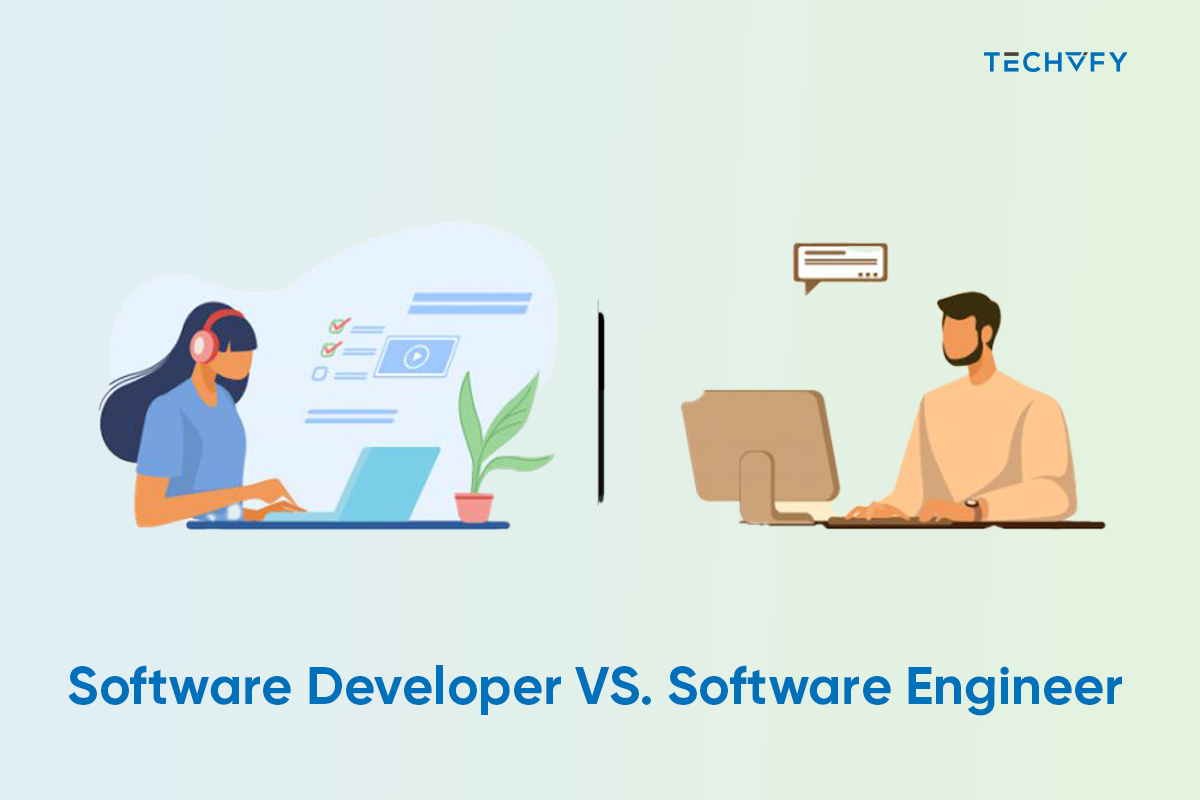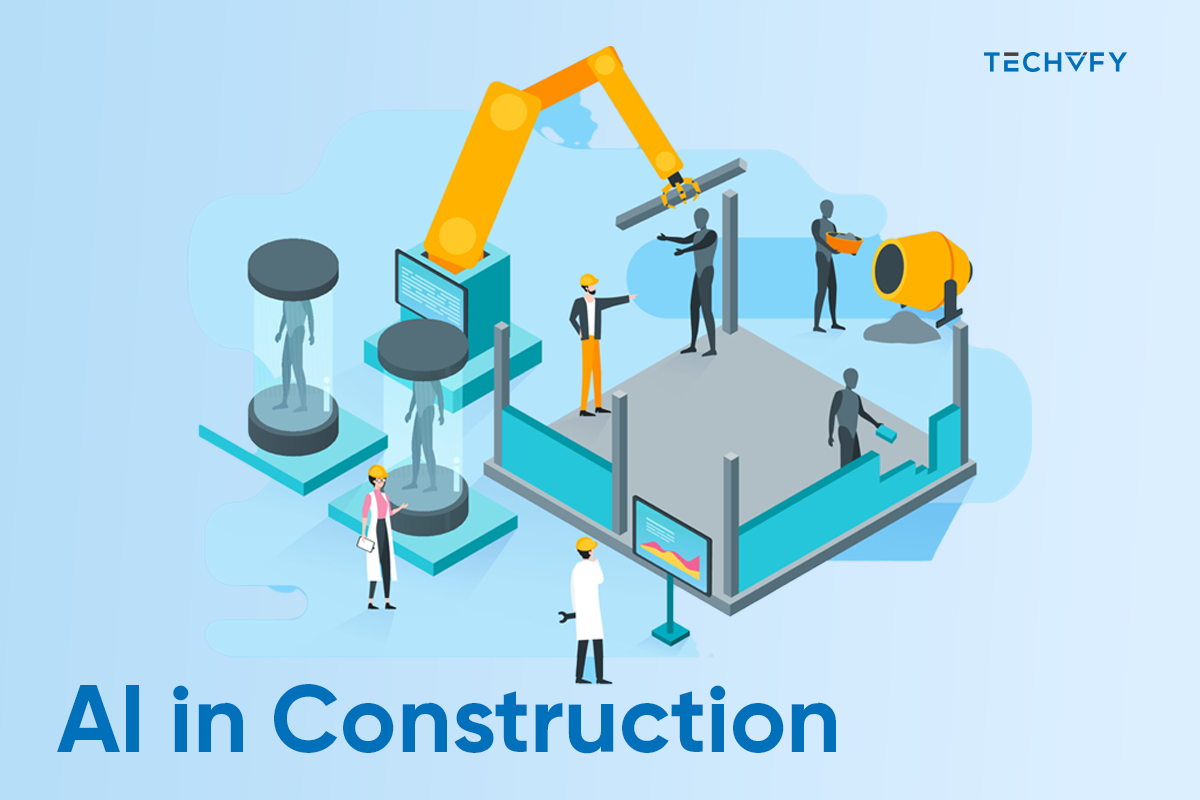Numerous operating systems exist today, but the Android operating system stands out as the most popular globally, boasting over 2.5 billion active users. This prominence makes Android a key platform for anyone aiming to launch a successful mobile app.
Yet, developing Android apps can pose challenges, particularly for beginners. This is where Android development frameworks step in. These frameworks offer a set of pre-existing code, simplifying and speeding up the app development journey.
Statistics from Statcounter indicate that Android commands a market share of more than 70% in the mobile operating system arena.
Various Android app development frameworks are available, each with distinct characteristics, pros, and cons. The choice of framework is vital, influencing the outcome of your project, whether you’re an Android developer or planning to develop an app.
In this article, we’ll explore the top Android frameworks for 2025, guiding you in choosing the most suitable one for your needs.
I. Android Frameworks: Overview
Definition of Android frameworks
The Android framework provides a collection of APIs that help developers create apps for Android devices with ease. It offers tools for crafting user interfaces, such as buttons and text fields, and system utilities, such as intents for launching apps or accessing files, phone functionalities, and media players. At its core, an Android app is made up of Activities (user-facing programs), services (background processes or utilities for other apps), and broadcast receivers (modules that receive relevant data for your app).
The benefits of using Android frameworks
Using Android frameworks offers several advantages for developers and businesses alike. Here are some of the key benefits:
| Rapid Development | Android frameworks provide pre-built tools and libraries, allowing developers to create applications faster and more efficiently. |
|---|---|
| Cost-Efficient | With the help of frameworks, developers can reduce the time and resources required to build an app, leading to cost savings. |
| Consistency and Quality | Frameworks offer standardized solutions and best practices, ensuring a consistent user experience and high-quality applications. |
| Reusable Components | Many frameworks provide reusable components, so developers don’t have to build everything from scratch. This not only speeds up the development process but also ensures uniformity across different parts of the app. |
| Cross-Platform Development | Some Android frameworks, like Flutter and React Native, allow cross-platform development. Developers have the ability to code a single time and implement it on Android and iOS, saving time and effort. |
| Enhanced Performance | Many frameworks are optimized for performance, ensuring that apps run smoothly and efficiently on various devices. |
| Community Support | Popular Android frameworks have large communities of developers. This means ample resources, tutorials, plugins, and solutions to common problems are readily available. |
| Regular Updates | As Android OS and its ecosystem evolve, frameworks also get updated. This ensures compatibility with the latest Android versions and access to new features. |
| Integrated Tools | Android frameworks often come with integrated tools for debugging, testing, and profiling, making the development process more streamlined. |
| Scalability | Frameworks are designed to handle different requirements and scales, allowing developers to build both simple and complex applications with ease. |
More Development Framework articles:
II. Popular frameworks for android app development
1. Flutter
Unlike React Native, Flutter has a unique canvas for app component rendering. This feature can be seen as both a pro and a con, which means manual updates are necessary. If you desire app components to remain as envisioned, Flutter is your go-to.

Flutter excels in crafting 2D hybrid mobile apps for iOS, Android, and beyond, coupled with robust testing features. It utilizes the 2D-rendering engine, Skia, to produce UI visuals aligned with Google’s material design and Apple’s Cupertino style. With Flutter, developers have precise visual control, ensuring top-notch appearance and functionality across mobile devices.
Flutter operates on Dart, a client-centric, object-oriented language with a C-like syntax that delivers consistent performance across platforms. Notably, Dart powers the Google Ads mobile app and several other renowned applications.
Pros
- Flutter boasts a comprehensive toolkit for app development, encompassing ready-to-use widgets, APIs, CLI tools, and more.
- Developers have the flexibility to innovate with widgets or modify existing ones.
- Backed by Google, Flutter’s reliability is unquestionable.
- Quick code execution in Flutter facilitates prompt issue resolution.
- Like Xamarin and React Native, Flutter is an open-source platform available at no cost.
Cons
- Flutter apps, akin to Xamarin, can be large, forcing developers to limit their use of images, animations, and diversity.
- Flutter’s scope with native APIs is limited, occasionally prompting developers to opt for external packages or craft custom code.
2. React Native
React Native provides developers with the tools to construct mobile applications using React, JavaScript, and native Android capabilities. What sets React Native apart is its approach to UI construction. Instead of mimicking native performance, it leverages the system’s native elements, all while being powered by a unique JavaScript variant from React. This ensures that React Native apps appear and function like native apps.

A standout feature of React Native is its self-updating nature. Native Android components within the apps automatically refresh with the system’s updates, ensuring apps remain updated without extra effort from developers.
Pros
- It uses native UI components, ensuring apps have a genuine native appearance.
- Its extensive UI component library accelerates the development process.
- Developers can tap into native features, such as the camera.
- There’s flexibility to use platform-specific native code for app optimization.
- Changes can be instantly reflected in the app without recompilation.
- Facebook’s backing guarantees its dependability.
- Being open-source, it’s available at no cost to developers.
Cons
- React Native’s inherent navigation doesn’t match the smoothness of Android’s native navigation.
- There might be better choices for intricate animations or complex transitions.
3. Xamarin
Being integrated with the Visual Studio IDE, Xamarin facilitates the creation of cross-platform apps using C#. Remarkably, the code remains consistent across platforms, with around 75% of the codebase being the same.
This efficiency has led numerous reputable companies, especially in sectors like healthcare, to select Xamarin for their mobile app endeavors. While Xamarin is open-source and free, large-scale commercial software ventures necessitate a Microsoft Visual Studio IDE license, which comes with added costs.
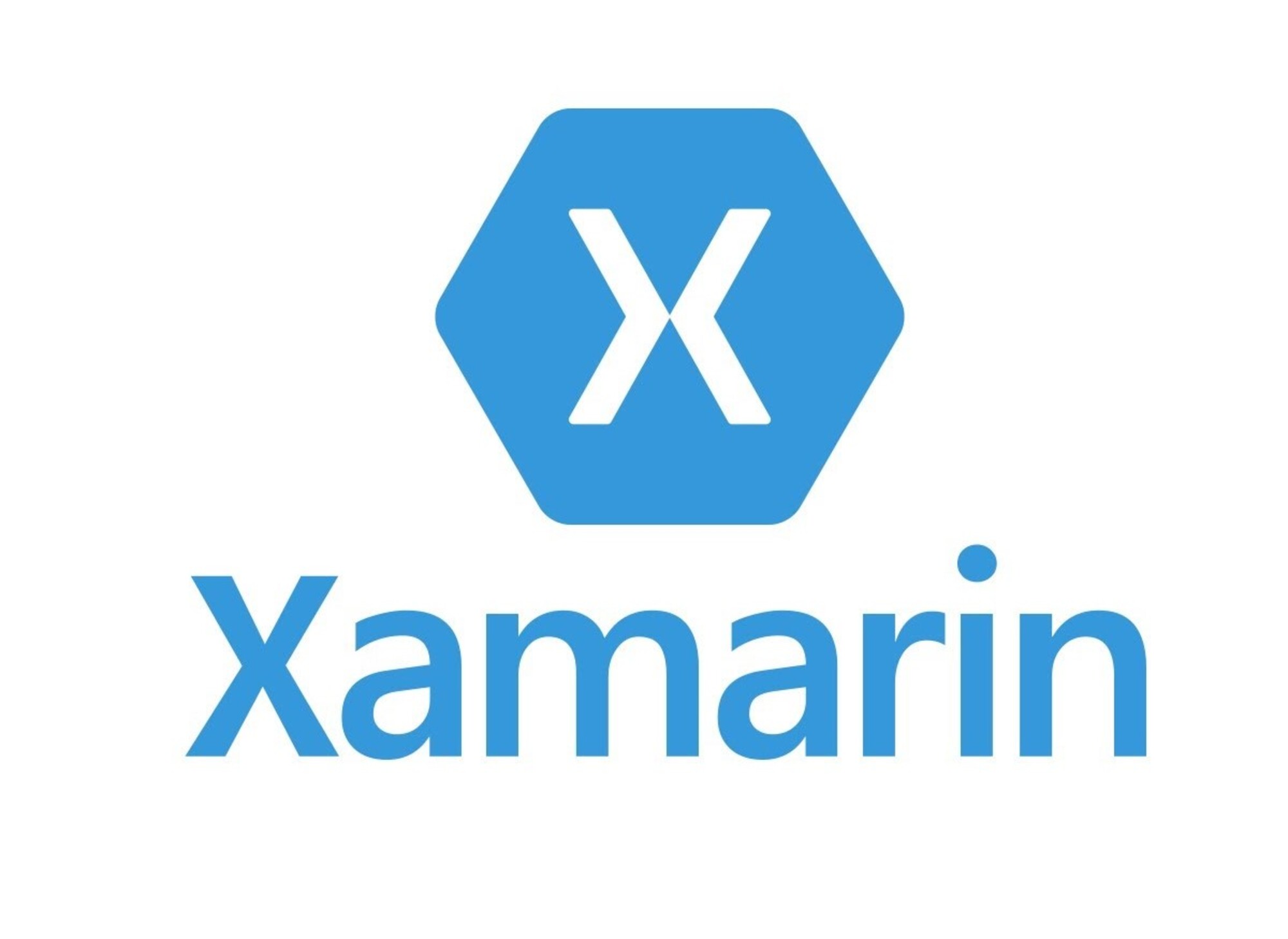
Pros
- Xamarin-developed apps boast a performance closely mirroring native apps.
- With its rich integration of C#, .NET, and Microsoft Visual Studio, Xamarin ranks among the most comprehensive mobile app frameworks.
- Xamarin’s platform-specific libraries grant developers access to APIs from giants like Apple, Facebook, and Google, amplifying your app’s features.
- A superior user experience is ensured by Xamarin’s expansive template collection, enabling code reuse across platforms or tailored adjustments.
- Like React Native, Xamarin is open-source, making it cost-effective for smaller development groups.
Cons
- Xamarin updates can sometimes lag, occasionally leading to app-specific challenges.
- Apps crafted with Xamarin tend to be bulkier than their native counterparts, adding roughly 5MB for fresh versions and nearly 20MB for complete rebuilds.
- There might be better choices for apps demanding intricate animations or advanced gaming attributes than Xamarin.
- Specific UI segments require recoding in Java or Kotlin for Android app personalization.
4. Apache Cordova
Previously known as PhoneGap, it is an open-source Android framework that supports hybrid app development using fundamental web technologies like JavaScript, HTML5, and CSS3. It offers the advantage of crafting apps for multiple platforms using just one code set, similar to Appcelerator Titanium.
Cordova-built apps have a UI that operates similarly to WebView, encapsulating the app within a native shell. Cordova acts as a bridge between mobile and web app development. It’s compatible with various platforms such as Android, iOS, Windows, Ubuntu, OS X, Blackberry 10, and more. Developers can write the app code once and convert it to various platform-specific SDK files.
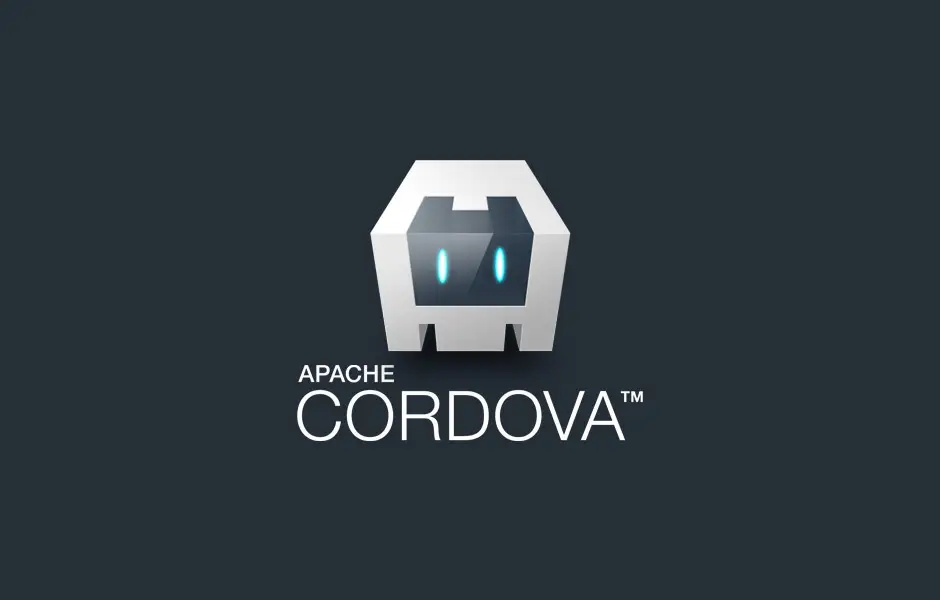
Pros
- Reliable framework with a history since 2009.
- Supports a broad spectrum of platforms, even Unix-like systems.
- Executes HTML or JavaScript within a native framework, providing access to device-specific features.
- Offers a consistent JavaScript API for creating adaptable code for almost every mobile device.
- Cordova employs plugins to link its JavaScript to native backend code, with many plugin options available.
- The WebView container seamlessly transitions your HTML app to a native setting.
Cons
- Running the app in WebView might not match native performance.
- Some external plugins can be unstable, outdated, and prone to crashes.
- Setup might be a bit tricky, involving the command line.
- Cross-platform coding might necessitate numerous platform-specific adjustments.
5. Ionic
Ionic is a free, MIT-licensed framework for app development, leveraging HTML5, CSS3, and JavaScript for cross-platform app creation. It’s designed for crafting hybrid apps and PWAs (Progressive Web Applications).
Ionic boasts user-friendly UI components, speeding up the development process and making it a robust choice for developers. It provides numerous cross-platform features and various tools that enhance Android app development. Most coding happens in the browser, except for specific native mobile device functions, which require testing on an actual device.
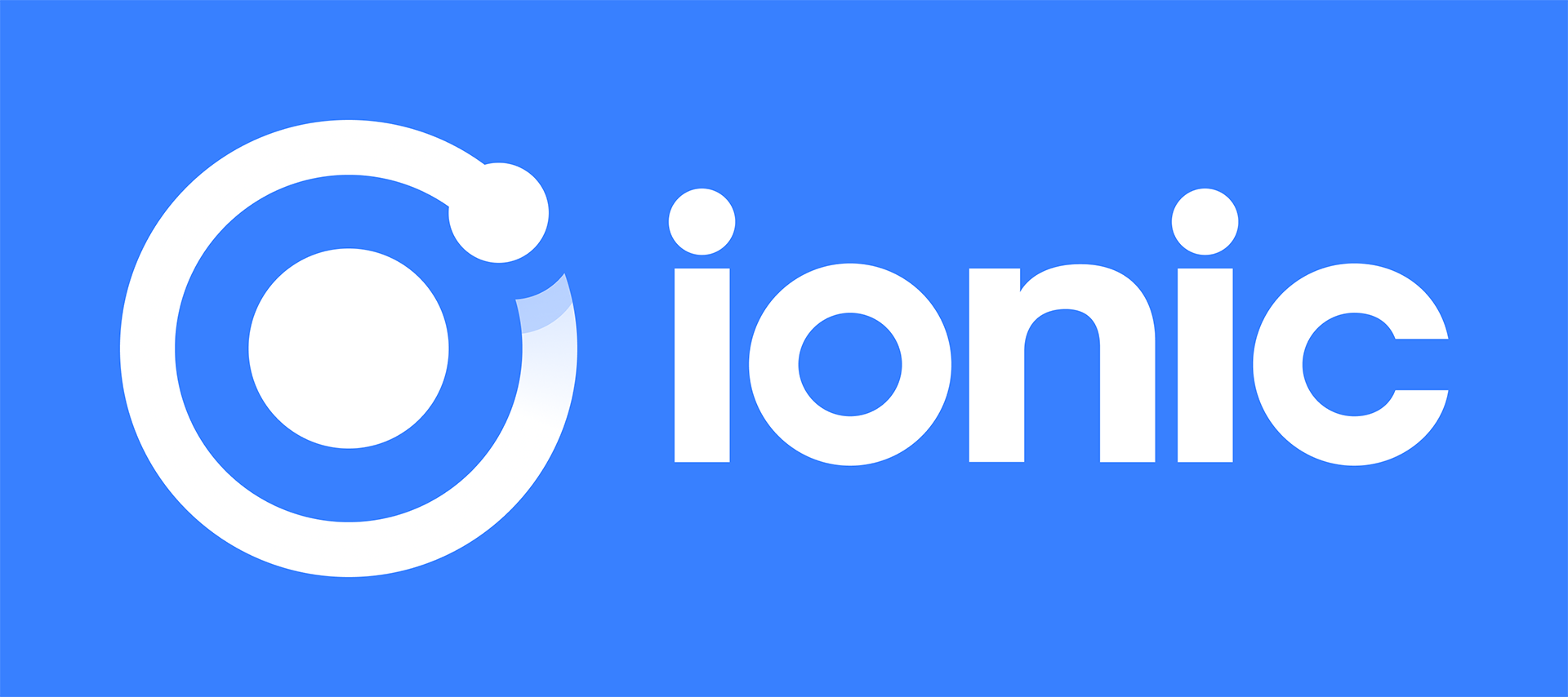
Pros
- Web developers familiar with the platform can quickly create Ionic apps, ensuring swift development and easy team integration.
- Starting requires just Angular, HTML, CSS, and JavaScript.
- Ionic seamlessly works with other libraries, notably AngularJS.
- It employs Cordova plugins, granting access to the mobile system’s native elements and complete app-building control.
- A vibrant community of over 5M developers is available for guidance and tips.
Cons
- Debugging can be challenging due to vague error messages.
- To tap into many native features, developers need native plugins, which might not always be stable and can sometimes clash.
- The framework can unexpectedly crash, with reasons not always evident.
Conclusion
Navigating the diverse world of Android app development frameworks can be challenging, but making the right choice is crucial for your app’s success. Whether you lean towards Flutter, React Native, Xamarin, or any other framework, each offers unique benefits. If you’re still determining the best fit for your project, feel free. Reach out to TECHVIFY’s Android framework experts for guidance. Contact TECHVIFY now, and let’s kickstart your app journey!
TECHVIFY – Global AI & Software Solution Company
From Startups to Industry Leaders: TECHVIFY prioritizes results, not just deliverables. Accelerate your time to market and see ROI early with high-performing teams, AI (including GenAI) Software Solutions, and ODC (Offshore Development Center) services.
- Email: [email protected]
- Phone: (+84)24.77762.666
FAQs
Which Android framework is mainly used?
Selecting frameworks for developing Android applications is primarily influenced by the unique requirements and inclinations of both developers and enterprises. Presently, according to the latest information, Flutter and React Native stand out as favored choices in the realm of Android app creation, attributed to their ability to function across multiple platforms, strong community backing, and solid performance.
How To Select from Android Frameworks for Business?
When selecting an Android framework for business, consider the following factors:
- Project Requirements: Understand the specific needs of your app. Do you need a native app or a cross-platform app?
- Development Speed: Some frameworks offer rapid development with pre-built components.
- Performance: Native frameworks often perform better, but cross-platform frameworks like Flutter and React Native have closed the gap significantly.
- Community and Support: A strong community can be invaluable for troubleshooting and learning.
- Cost: Consider the licensing costs of the framework and potential savings from faster development times.




